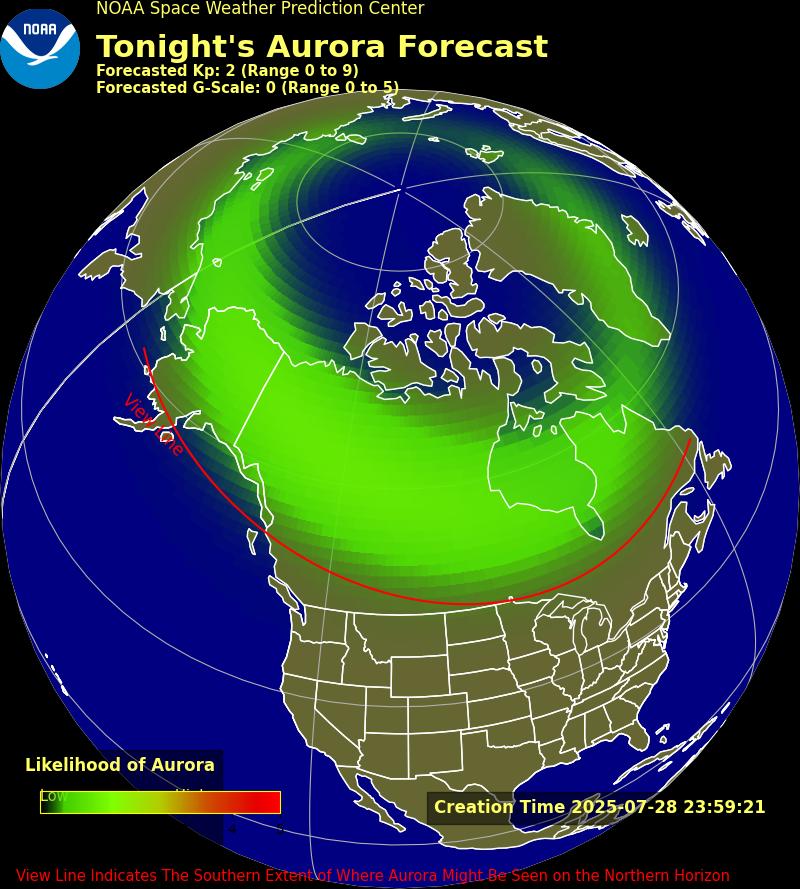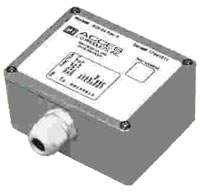Remote ACCES Distributed I/O Pods provide intelligent sensor interfaces via two-wire RS-485 multidrop networks to host PCs. Model RIOD24 is ACCES' answer to Distributed Digital I/O needs. With these Pods you can connect 2 wires to any computer and be quickly controlling and acquiring your digital signals. RS-485 supports very long cable lengths (up to 4000 feet) and with our Wireless option you can achieve
over 10 milesbetween devices.
The RIOD24 comes standard in a NEMA4 enclosure provided excellent protection from the elements, indoors or out. The closable gasket aperture forms a perfect seal around your round cable, and our conductive lid-gasket and solid aluminum box prevent EMI emmisions for those noisy factory floor environments.
Digital Inputs may be read individually, in 8-bit bytes, or in 24-bit words at voltages up to 50 VDC. There are also digital software counters on each input. Selectable edges can be counted for up to 65,535 transitions. These counters support Read and Reset commands. Moreover, change-of-state flags can be set on any enabled input bits and can be read via the serial port. This is particularly useful in applications where it is necessary to detect contact closures or openings. This change-of-state detection capability is enabled on a bit-by-bit basis for all bits that are programmed to be inputs. Digital-input sample rate is software programmable from 14 Hz to 1 KHz.
Digital Outputs may be programmed individually, in 8-bit bytes, or in 24-bit words. These outputs may be latched, pulsed, or set to free run at a programmed rate. The digital output drivers are open-collector circuits that have 350 mA drive capability at a logic "low". RIOD24 outputs can comply with up to 50 VDC (voltage supplied by you) or, if no external voltage is available, outputs will be pulled up by an internal 10 kilohm resistor to 5 VDC. The digital-output square wave pulse rate is software programmable from 7 Hz to 500 Hz.
A built-in watchdog timer resets the pod if for some unexpected reason the microcontroller "hangs up" or if the power supply voltage drops below 4.75 VDC. Also, data collected by the pod are stored in local RAM for later access through the computer's serial port. This feature facilitates a stand-alone mode of operation. For example, a notebook computer can connect to the RS-485 network and collect the data.
UTILITY SOFTWARE
ACCES provides ASCII-based software with the pod on CD. ASCII programming permits you to write applications in any high level language that supports ASCII string functions and you can use these and other REMOTE ACCES Series modules with virtually any computer. The communication protocol has two forms: non-addressed and addressed. You use non-addressed protocol if only one pod is in use. If more than one pod is in use, then you use addressed protocol. In addressed mode, an address command is sent to enable communication with the specific pod. That address command needs to be sent only once to enable communication with that specific pod and disables communications with all other pods on the network until a different address command is issued.
Samples are provided in DOS and Windows languages, including Turbo Pascal, Borland C/C , C Builder, Delphi, VisualBASIC and VisualC . These samples can be easily modified into real-world applications by anyone with passing familiarity with any programming language, as our source-code-provided "drivers" vastly simplify serial-port programming as needed for our Pods.
The command structure is seven data bits, even parity, one stop bit. All numbers sent to and received from the pod are in hexadecimal form. Commands are issued in simple, easy-to-learn letter and number combinations. Here are some examples:
MLxx(Enter)
configures bits 00 through 07
[0 = input and 1 = output]
I(Enter)
commands reading of
all 24 digital bits
O01 (Enter)
commands a low output
on bit 01
I/O CONNECTIONS
Input/Output connections are made at a screw terminal assembly inside the top cover of the pod. Terminal assignments are listed on the label on the cover of the pod. A sealing gland is included for full NEMA compliance.











